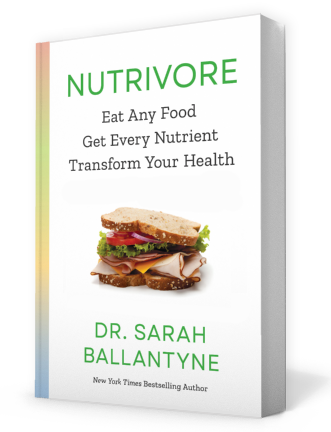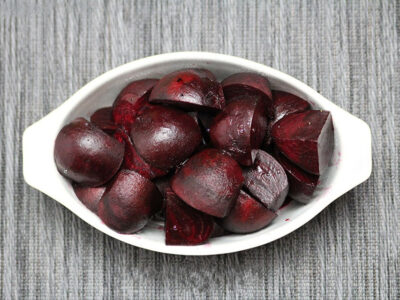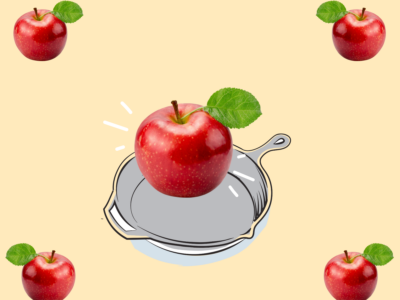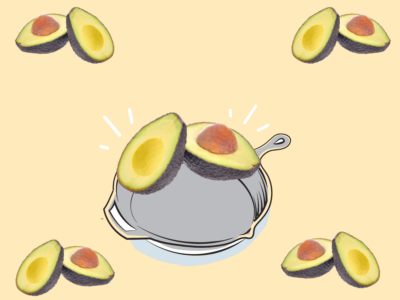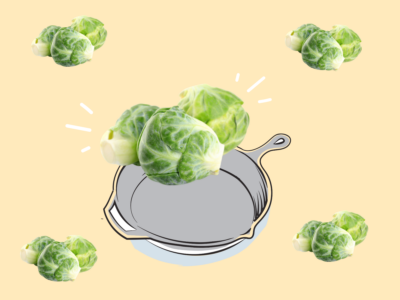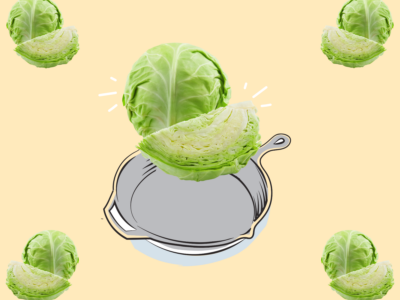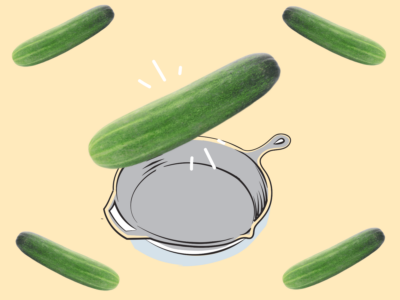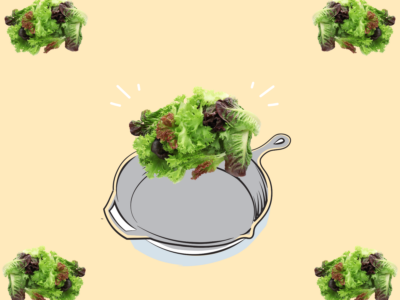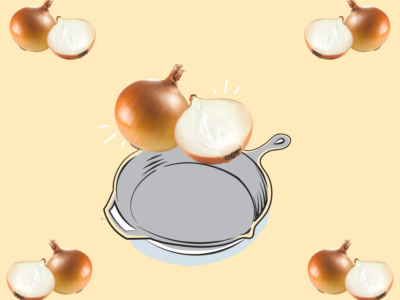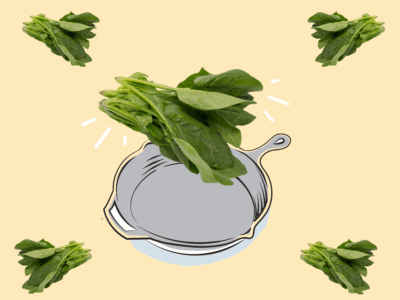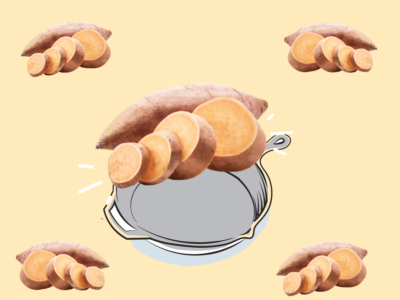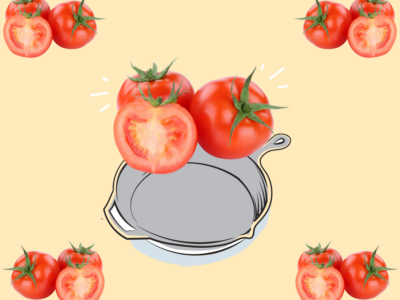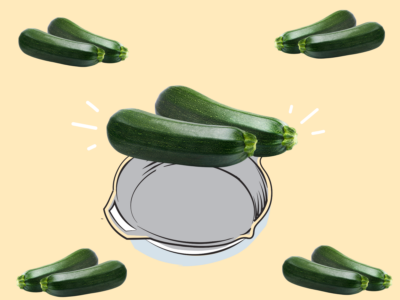Table of Contents[Hide][Show]
In the Kitchen+−
- Almonds in the Kitchen
- Apples in the Kitchen
- Avocado in the Kitchen
- Broccoli in the Kitchen
- Brussels Sprouts in the Kitchen
- Cabbage in the Kitchen
- Celery in the Kitchen
- Cucumbers in the Kitchen
- Lettuce in the Kitchen
- Onions in the Kitchen
- Spinach in the Kitchen
- Sweet Potatoes in the Kitchen
- Tomatoes in the Kitchen
- Zucchini in the Kitchen
Beets are as versatile as they are delicious! They can be cooked just about any way—including steamed, boiled, roasted, grilled, stir-fried, and pickled. For a simple weeknight side dish try roasted beets, tossed with olive oil, salt, and black pepper. They’re even great raw: try adding raw beets, grated or spiralized, to a salad for color and crunch. Spiralized beets make a fun, plant-based alternative to pasta (and are popular enough that you can find them prepped and ready to go in many grocery stores). You can even turn beets into chips or dips like beet hummus or beetroot pesto. And if you prefer to drink your veggies, beet juice is an option too—though you’ll miss out on the fiber and many nutrients found in whole beets.
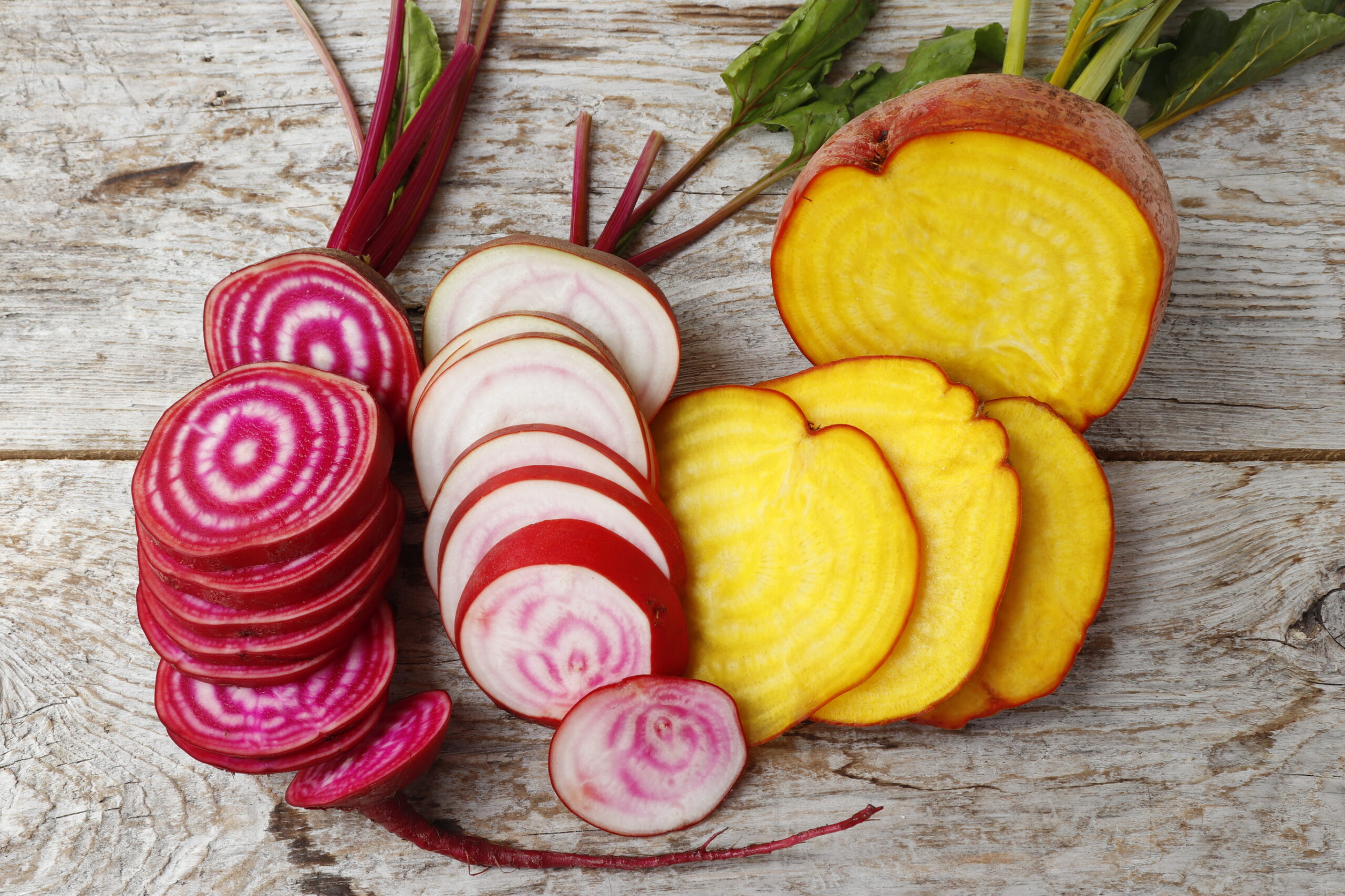
If you’re not a beet lover (yet), changing up your cooking method to find your favorite way to prepare this veggie or pairing beets with the right ingredients can make all the difference. Roasted beets bring out a natural, candy-like sweetness, and there’s something about the sweet versus sour combination of balsamic vinegar and roasted beets that’s absolutely divine! Try adding a squeeze of lemon juice, vinaigrette, or crumbled goat cheese or feta to a beet salad. Or mask the earthy flavor entirely by blending cooked beets into soups or smoothies.
Love of this root veggie is universal which is why beets are commonly incorporated into cuisines all around the world. In Eastern Europe beet soup (aka borscht) is very popular, spiced beets are a typical side dish in Indian cuisine, and in Australia, the “Aussie burger” consists of a beef patty topped with a slice of pickled beets combined with grilled pineapple, cooked onions and a fried egg! In general, pickled beets are a traditional food in many countries (even when not topping a burger!)
If you want to eat beets more often but aren’t a fan of their texture or flavor, try other beet products like beetroot powder, juice, beet chips, gels, and other products prepared with beets. And, if you (or your family) don’t love beets, try them for dessert. Yes – you read that correctly! Beets are great for baking—their vibrant color acts as a natural dye, making chocolate cakes richer and darker. Freshly cooked and pureed beets add both moisture and nutrition to desserts. It’s a sneaky (and tasty) way to boost your veggie intake.
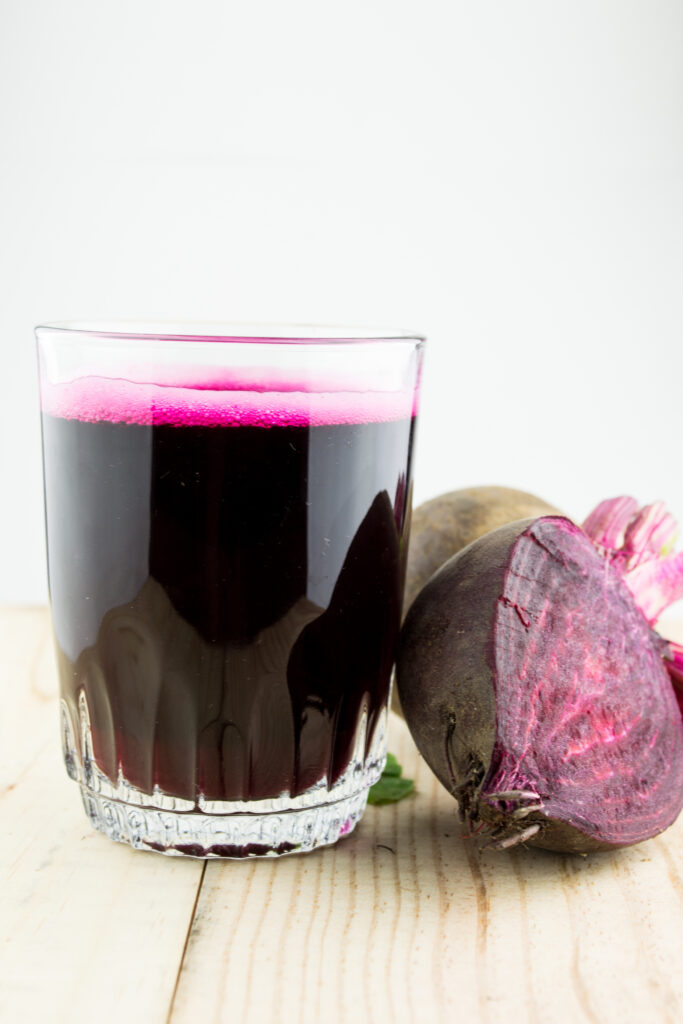
Fermented Beets
Fermented beets combine all the nutritional benefits of red beets with the gut-health perks of fermentation. Raw, unpasteurized fermented beets can be eaten as-is or turned into beet kimchi or beetroot sauerkraut. Beet kvass, a traditional Eastern European fermented beet juice, is another popular option. Pickling beets at home is a fun way to preserve fresh beets and explore new beet recipes.
Beet Juice
Some of the most exciting studies on beets and cardiovascular health have used beet juice. But while juice is a convenient way to get nitrates and antioxidants, whole beets are still the better choice overall. Juice lacks the fiber and many of the micronutrients and phytonutrients found in the full vegetable.
No matter how you “slice” it, this veggie is “unBEETable”!
The Easy Way to Peel Beets!
Beets are beautiful, but they sure are messy! If you’re wondering what is going on from a “sciency” perspective, let me explain. The vivid pigments found in fresh beets are stored in cell vacuoles, which easily rupture when cut, or are exposed to heat, air, or sunlight, leaving that infamous stain behind. Looking for ways to work with beets that won’t leave you “red-handed”? To reduce mess, leave 1 to 2 inches (2.5 to 5 cm) of stems attached during storage. In addition, if you leave the skin on when cooking, it helps maintain the integrity of the cells and minimizes leakage (with the added bonus of helping to conserve nutrients!)
To easily peel beets, first cook them – using an Instant Pot works great if you want to reduce cook time but you could boil or roast them on a baking sheet as well. Just throw the beets in with peels still on. Once the beets are cooked (fork-tender), rinse under cool running water so that you can easily handle them and the skins should slip right off with your fingers or paper towel (no peeler required!). Voila! This is especially convenient if you are preparing large batches for freezer storage.
Beet Greens
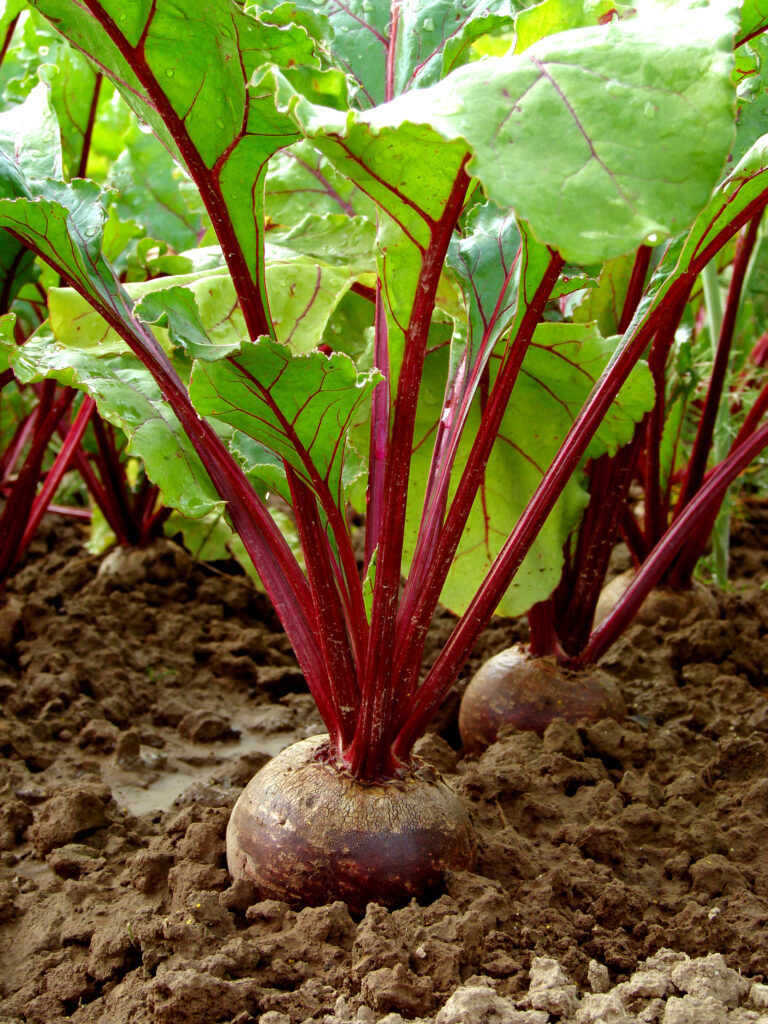
When buying red or golden beets, don’t toss the greens! Not only are they full of nutrition but they taste great too. They can be eaten raw or cooked and can be added to all sorts of dishes – a great way to boost the nutrition of any meal. Try substituting beet greens in recipes where you typically use spinach, kale, swish chard or collard greens. For example, they work great in casseroles, stir-fries, frittatas, chilli, dips, scrambled eggs, taco meat, pasta dishes, and more. Try roasting with oil and salt to make chips or tossed in a salad. They work great in smoothies and soups where you can pack in several servings which just “disappear.” You can even freeze smoothies into ice pops for a summer treat – great for kids!
As a side-dish, beet greens can be boiled, steamed, sautéed or lightly braised. Braising simply means that it’s cooked in both fat and liquid. This is a simple, quick, versatile and delicious way to prepare greens. All of these techniques require heating for a very short period of time, but decrease the volume of greens greatly, helping you to boost your intake without feeling overwhelmed!
Beets greens are also great for baking which is another way to up your vegetable in-take. You won’t taste them, and they can help keep baked treats extra moist. And, for those pickiest of eaters, what they don’t know won’t hurt them (and may in fact actually benefit them!)
Don’t throw away the beet stems either! Nutritious beet stems can also be added to smoothies, soups or baked goods, though they are a bit more fibrous.
Beet & Beet Green Recipes
Looking for inspiration? Try my favorite beet & beet green recipes:
In the Kitchen
If you’re looking for inspiration on how to prepare some of your other favorite foods, check out these posts!


